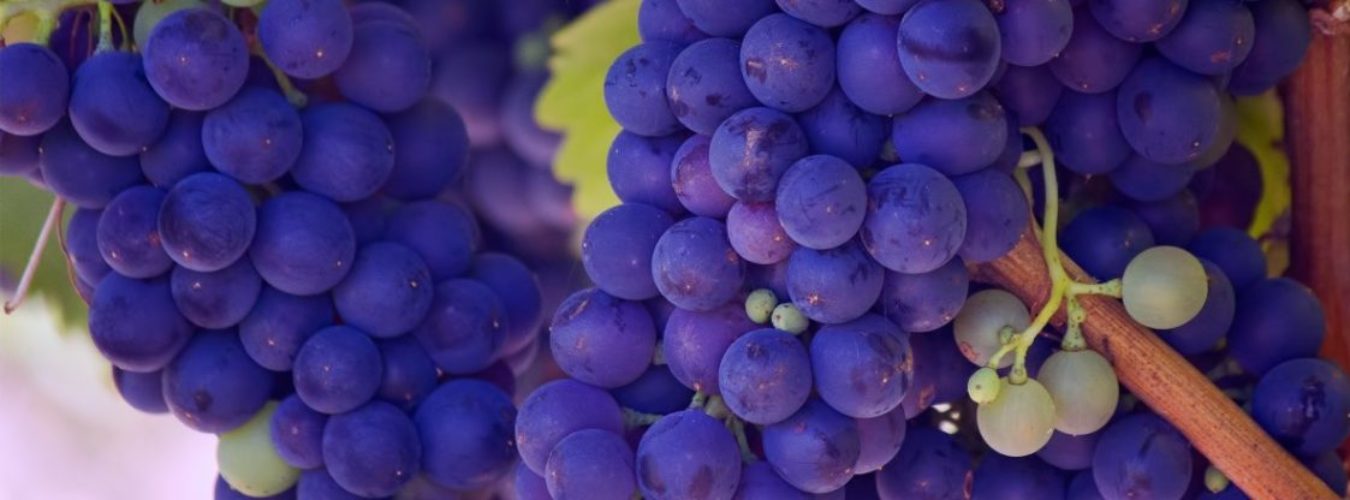Alsace, this beautiful region, has always been disputed between two neighbors and powerful countries, because it is geographically located between France and Germany. Located between the Vosges mountains and the Rhine River, in the past 126 years it has changed nationality four times. The Germanic tribes that occupied this region for many centuries, left his indelible mark on architecture, custom, language and cuisine. Originally inhabited by the Gauls, it was germanized after the fall of Rome and subsequently joined the Holy Roman Empire until part of it was paid to France, and by the Treaty of Westphalia, Alsace became part of this nation. Since 1870 it has withstood three Franco-German wars without changing its personality.
This beautiful and disputed region is famous for its wines and for its cuisine. Strasbourg, the main city and cultural heart of the region, has a beautiful Cathedral from the 13th century, very different in their cover of the rest of the Gothic cathedrals, its large rosette and the filigree of stone. It has a 170 m tower height, which is the highest monument of Christianity. The Rohan Palace is now a Museum, which has an extensive collection of porcelain. In addition there is a Museum of modern art.
As a curious detail, the Marseillaise was not composed in Marseille but in this city. The old part, the so-called small France, shows old houses and buildings that look towards the channels that communicate the Ill River with the Rhine.
It is a city where you can eat extremely well. “The crocodile”, good and expensive restaurant, has as special dishe soup watercress and frog, salmon with wild asparagus and wild boar medallions. But the greater fame and architectural beauty is the “Mesón Kammerzell”, a building from the 16th century with lots of wood and multicolored windows; on the first floor there is traditional food, and on the second floor there is contemporary food. The best terrine of rabbit and the best truffled foie gras are located here, is natural to accompany this with a fine Riesling. Also the Kraut, hake with mustard, the tarte flambée and deer with spaetzle, are specialties of the House.
One can travel from Strasbourg to Colmar – which is the capital of Alsatian wine – either by motorway or by the so-called “route of wine” which passes through the small towns of the region, wine-producing. Of all these, the Pearl of Alsace, Riquewihr, is the most picturesque, with its wooden house and sloping roofs, where it’s not uncommon to see large nests of storks, more than in Paris, living in this region. In Riquewihr are the most famous winemakers in the region, which are Hugel & Fils, Trimbach and Dopff & Irion.
Most of the tourists come to the castle of Haut-Koenigsburg, which is the most visited place. The original castle was destroyed by the Swedes in 1633, but at the beginning of the 20th century the neighbouring city of Sélestat gave it to Kaiser Wilhelm II, which sent it to be restored, but it was not restored as it was previously.
Very close to the castle is the population of Illhaeusern, where is one of the most renowned establishments in France, the “Auberge de l ‘lll’, which is one of the 25 restaurants across the country that has been honored with three stars in the Michelin Guide. It is next to the river and one can eat outside, looking at the beautiful scenery. The list of specialties is very large and in it we have lobster salad, salmon soufflé, roasted lamb and desserts to the kugelhopt, which is a cake with nuts and dried fruits.
In Alsace the noble grapes are the same as on the other side of the Rhine, but the wines are very different: absolutely dry, firm and aromatic. Elongated bottles type flute (as in Germany) are used, but higher; they are usually green and the tag is very simple and easy to read. Wines do not carry the name of the region or producer and simply include the name of the grapes used in its production, at a rate of 100%.
The noble grapes of the region are: the RIESLING, which is the finest and the most planted region; It produces dry wines which vary in style, from fresh, open and elegant, even flexible, strong and aromatic. The GEWURZTRAMINER grape has a scent and specialized taste, as its name implies (Gewürz = spice). ALSACE TOKAY call which is actually a Pinot Gris, which has a delicate flavor with a perfume firm structure. The MUSCAT, which in Alsace produces a unique wine dry in the world, because elsewhere the wines made from this grape are sweet. Wines with grapes over-matured of these four noble varieties, body and sweet wines are made, which are called de VENDAGE TARDIVE. When the grapes have been subjected to the “noble rot” by the action of the fungus Botrytis cinerea, wines, that are very sweet and expensive are called selection DE GRAINS NOBLES.
Finally, the grape SYLVANER, which gives rise to a wine that is dry and cool, perhaps the most popular in the region. It is worth mentioning that, although rare, there are also produced some pink, delicious, wines in the village of Marlenheim and other red wines, in Ottrot. This are also great quality sparkling wines: the so-called CRÉMANT D’ALSACE.
After talking of this beautiful province there remains only to go to see it and enjoy its extensive gastronomy and its magnificent wines.

Alsace and it’s wines

